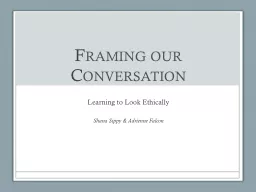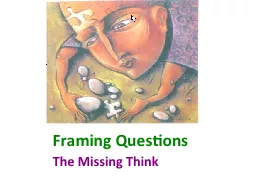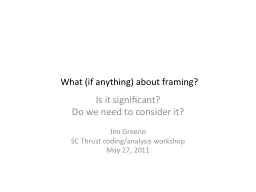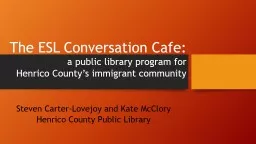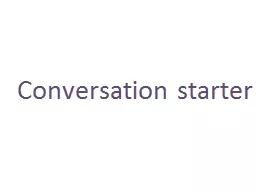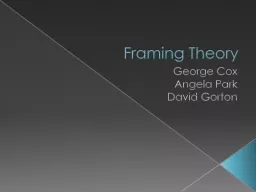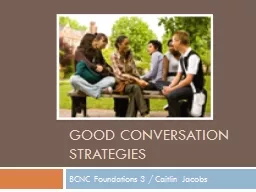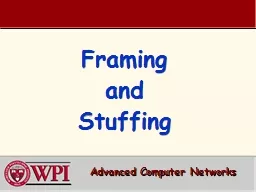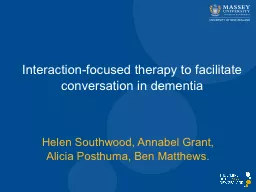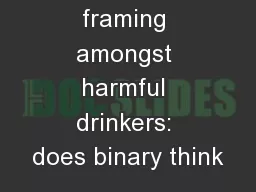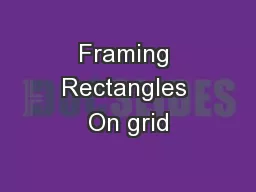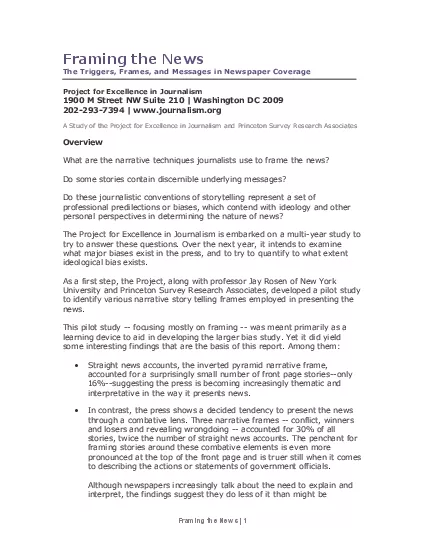PPT-Framing our Conversation
Author : pamella-moone | Published Date : 2017-03-22
Learning to Look Ethically Shana Sippy amp Adrienne Falcon MetaQuestions What do we mean by seeing and visuality What do we mean by ethics What do we mean by image
Presentation Embed Code
Download Presentation
Download Presentation The PPT/PDF document "Framing our Conversation" is the property of its rightful owner. Permission is granted to download and print the materials on this website for personal, non-commercial use only, and to display it on your personal computer provided you do not modify the materials and that you retain all copyright notices contained in the materials. By downloading content from our website, you accept the terms of this agreement.
Framing our Conversation: Transcript
Download Rules Of Document
"Framing our Conversation"The content belongs to its owner. You may download and print it for personal use, without modification, and keep all copyright notices. By downloading, you agree to these terms.
Related Documents

